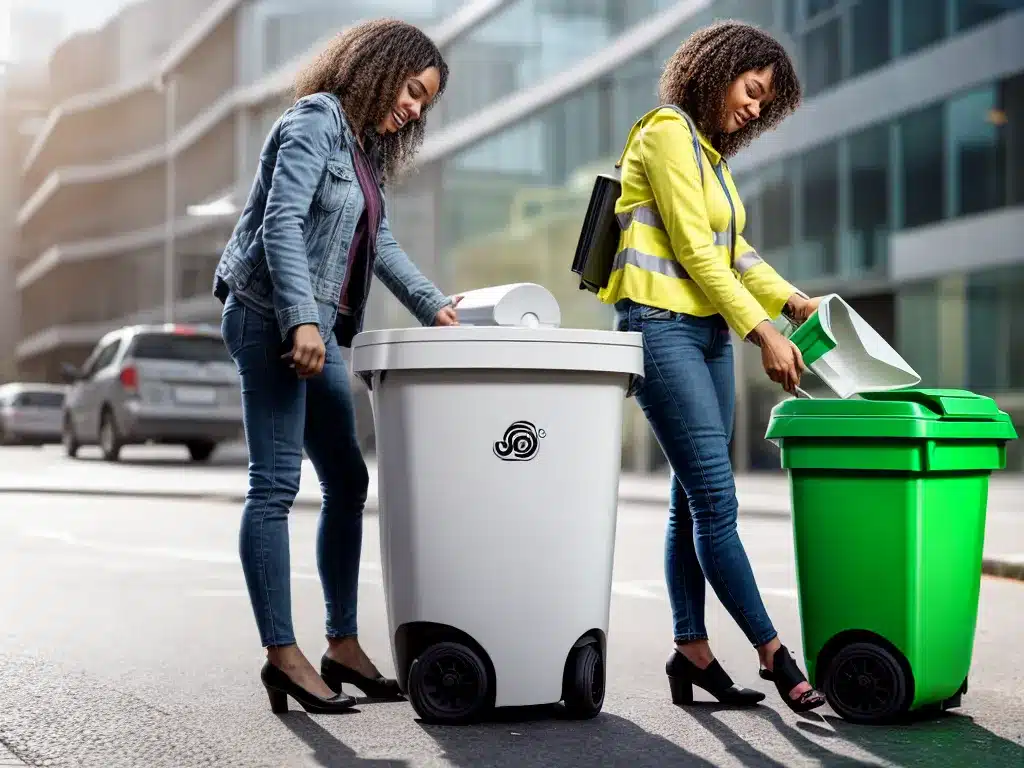IoT Waste Management: Smarter Cities Start with Smart Bins
Introduction
Waste management is a major challenge for cities around the world. As urban populations grow, so does the amount of waste generated. This puts strain on waste collection services and landfill sites. Internet of Things (IoT) technology presents an opportunity to develop smarter waste management systems that are more efficient, cost-effective and environmentally sustainable.
How IoT Enables Smarter Waste Management
IoT involves adding sensors, connectivity and data analytics to physical objects. When applied to waste bins and other infrastructure, it enables:
- Real-time monitoring of bin fill levels and waste collection vehicle routes.
- Optimized collection based on actual need rather than fixed schedules.
- Improved operational efficiency through route optimization and vehicle monitoring.
- Better utilization of waste collection and processing infrastructure.
- Enhanced sustainability through reduced vehicle emissions.
- Cost savings from fewer unnecessary collection runs.
- Data analytics to inform strategic waste management planning.
Key IoT Technologies for Smart Waste Management
Several key technologies make IoT-enabled waste management possible:
Sensors
- Ultrasonic and infrared sensors on bins to detect and transmit real-time fill level data.
- GPS sensors on collection vehicles to track location and optimize routes.
- RFID tags to identify and track individual bins.
Connectivity
- Cellular and LoRaWAN networks to transmit sensor data.
- WiFi and Bluetooth for short range communication.
Software
- Dashboard software to visualize and analyze waste management data.
- Route optimization algorithms to generate efficient collection schedules.
Use Cases and Examples
Many cities worldwide have implemented IoT-driven waste management approaches:
-
London uses ultrasonic sensors to monitor thousands of bins and optimize collection routes, reducing costs by £3.7 million annually.
-
Philadelphia deployed solar-powered Bigbelly smart waste and recycling stations with sensors to achieve collection savings of over $1 million per year.
-
Copenhagen uses fill-level sensors and smart analytics to dynamically schedule waste collection, cutting vehicle mileage by 20%.
Benefits of IoT-Enabled Smart Waste Management
Leveraging IoT to create smarter waste management systems provides multiple benefits:
- Efficiency – Optimized routes and dynamic scheduling reduce operating costs.
- Sustainability – Fewer unnecessary collection trips cut greenhouse gas emissions.
- Cost savings – Cities can save millions per year in lower fuel and labor costs.
- Informed decisions – Data analytics support strategic planning and infrastructure decisions.
- Future-proofing – Smart systems can accommodate growing populations and waste volumes.
Challenges and Limitations
While promising, IoT-driven smart waste management faces some challenges:
- Costs – Sensors, connectivity and analytics capabilities require significant upfront investment.
- Technology risk – IoT systems rely on consistent connectivity and performance of sensors.
- Cybersecurity – Potential vulnerabilities in IoT networks must be addressed.
- Adoption – Users may resist change or be concerned about data privacy.
The Future of Smart Waste Management
IoT-enabled smart waste systems are a growing trend that could soon become a standard feature of waste management in major cities worldwide. Further technological advances in sensors, battery life, solar power, and data analytics will drive greater adoption. With billions of people projected to live in cities by 2050, smarter waste management will be crucial for sustainable development.













